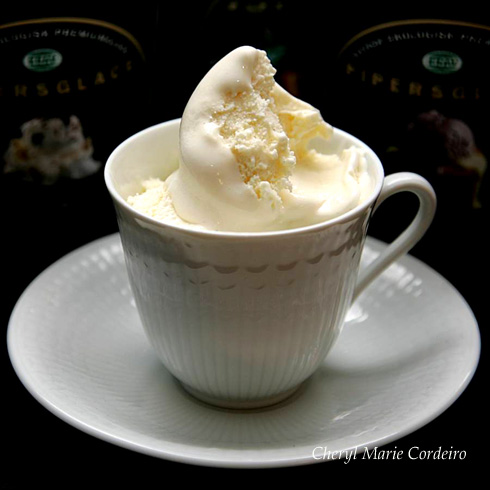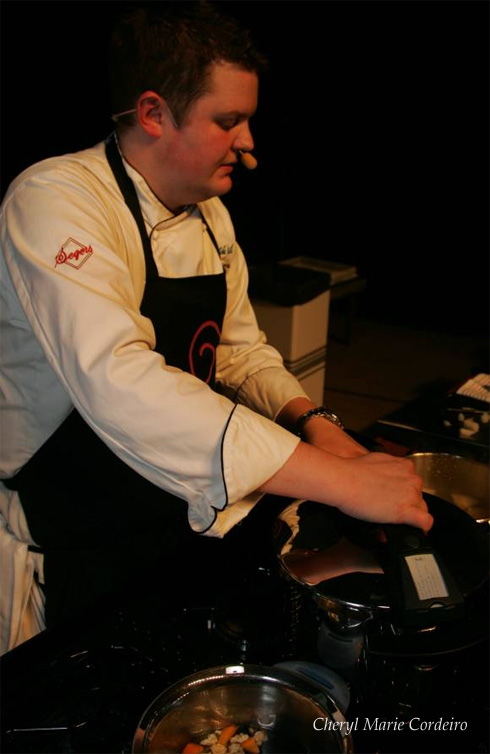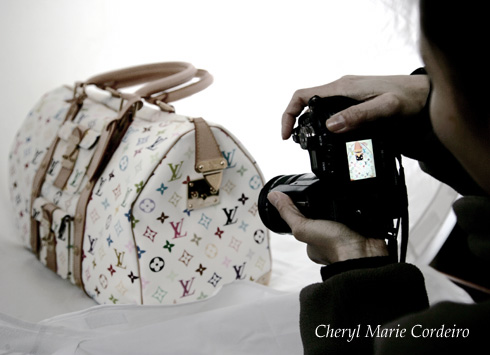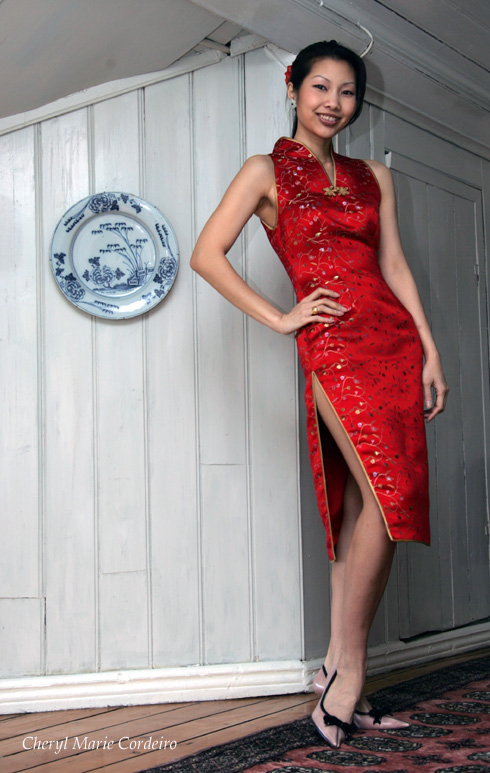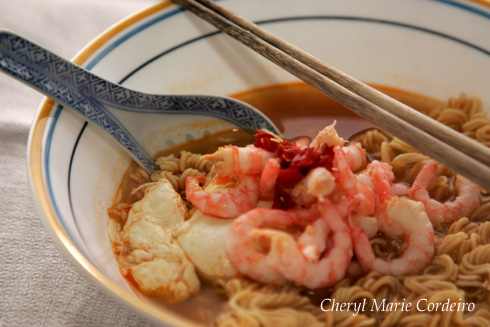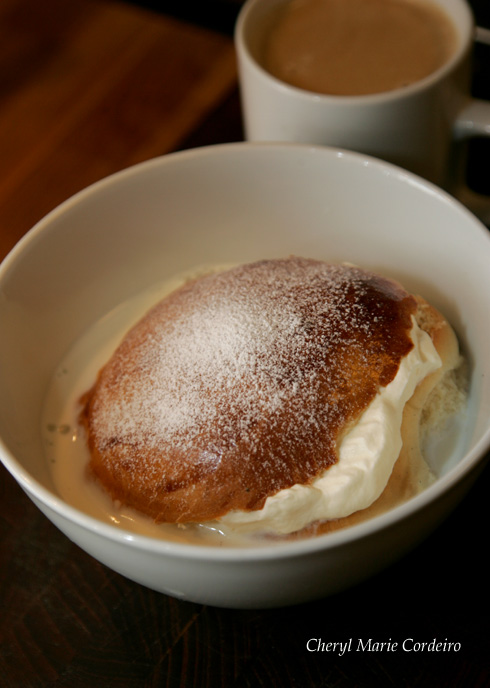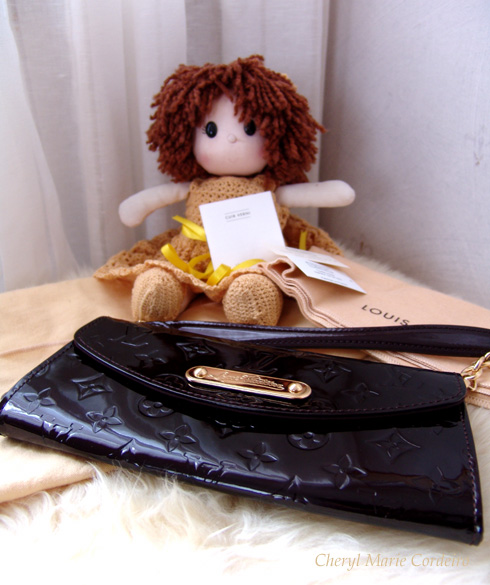
Apricot and raisin bun – one of my favourite fruit buns!
Photo © Jan-Erik Nilsson and Cheryl Cordeiro-Nilsson for Cheryl Marie Cordeiro 2010
Fruit filled buns have always been a favourite of mine ever since I was a little girl bouncing from bakery to bakery around the neighbourhood with my mother in Singapore. The heartland bakeries in Singapore where the likes of the Bengawan Solo bakery chain has sprung, produce some of the simplest yet most flavourful cakes and buns for Sunday afternoon tea. It was always convenient to grab a small box of your favourite cakes on display that cost next to nothihng at all, to have with the family at home.
With Easter upcoming only a few weeks away, I thought I’d share a variation of the hot cross bun recipe, one that has been adapted from traditional Swedish cookbooks to my liking.
Continue reading “Apricot and Raisin Buns”

